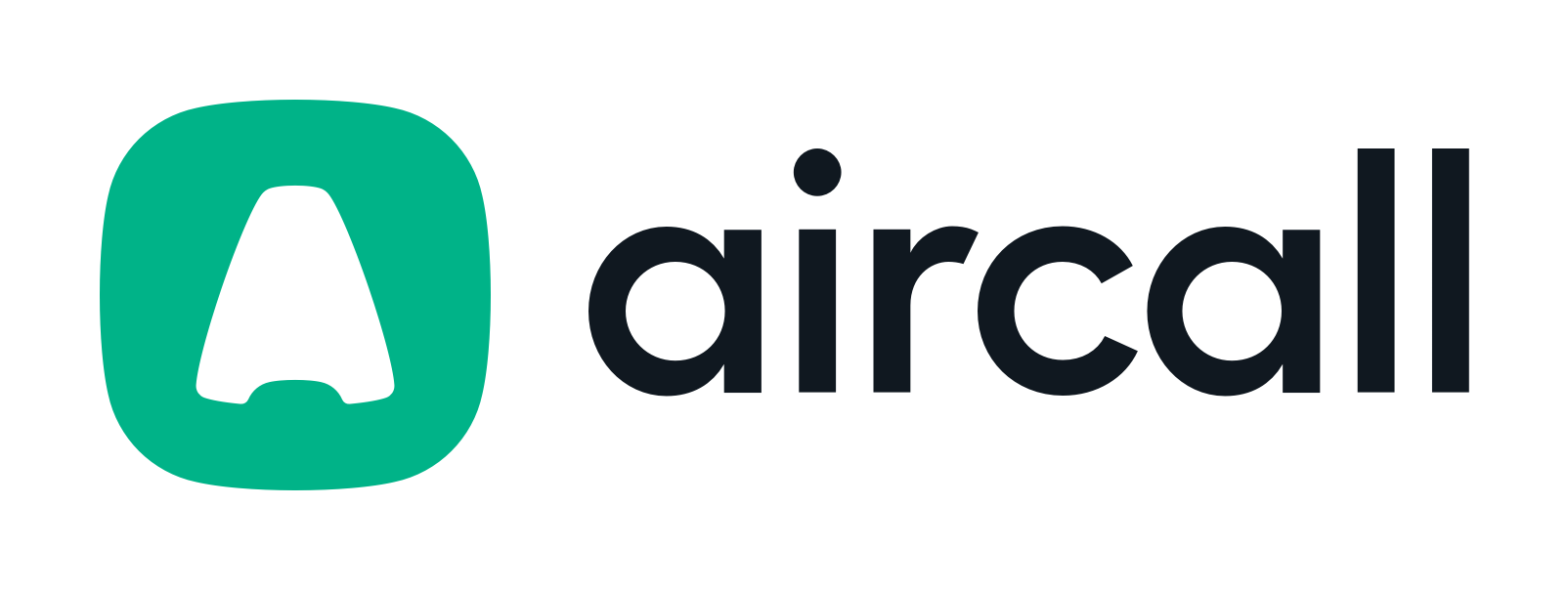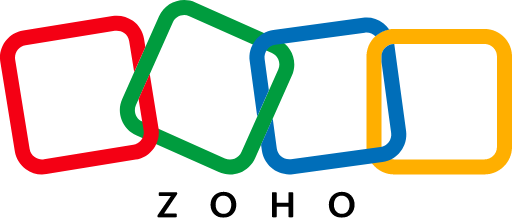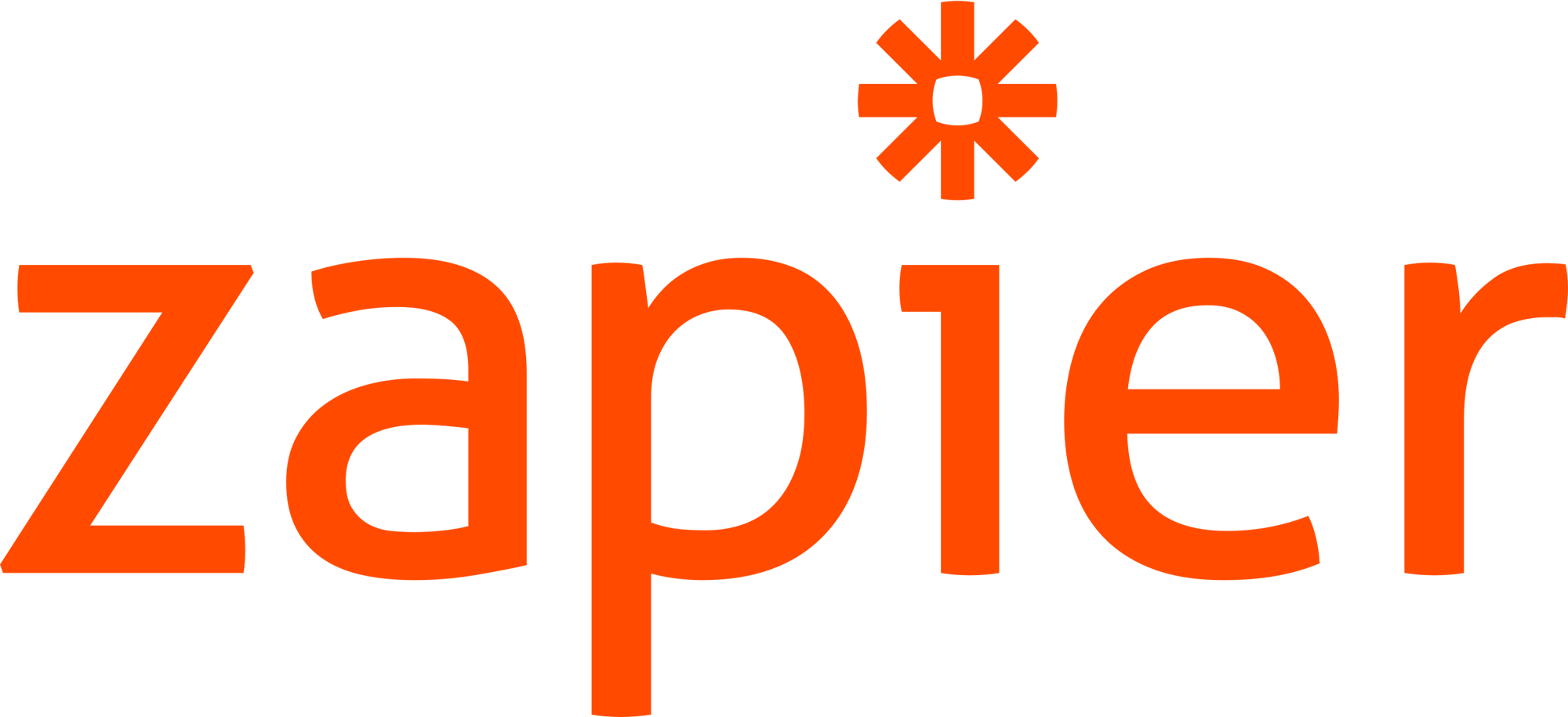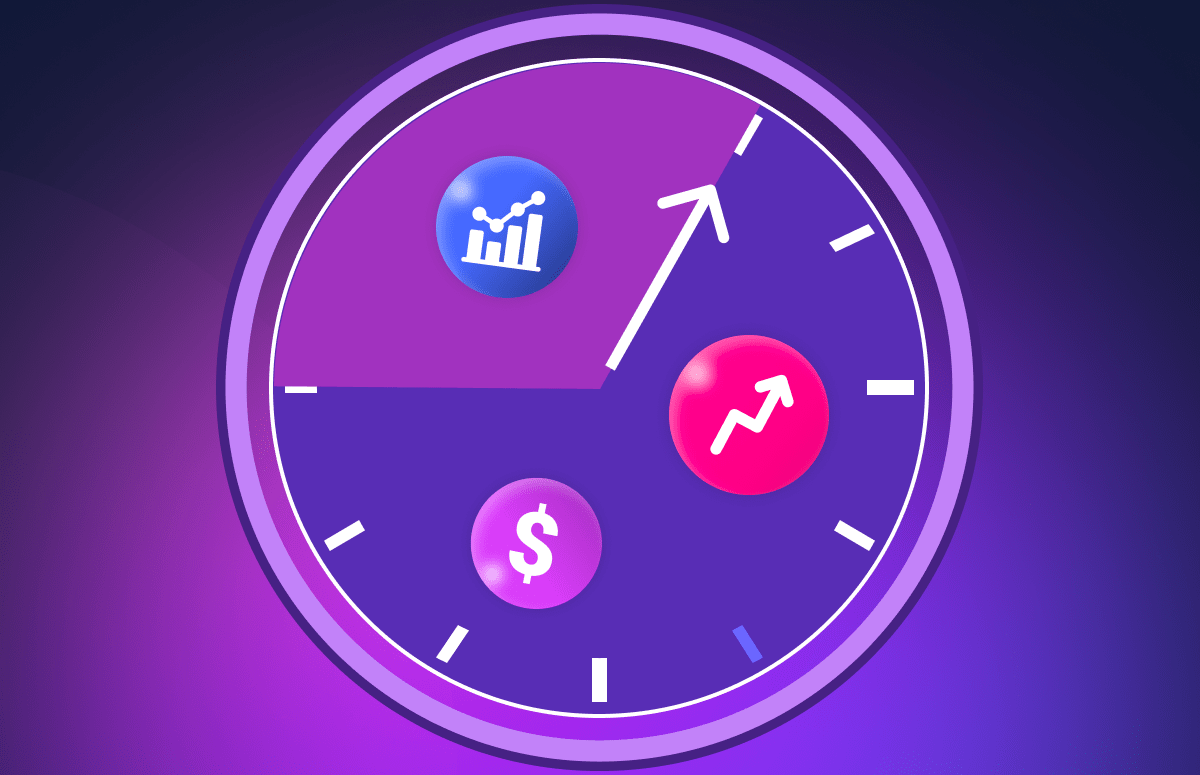![B2B Sales: Everything You Need to Know & More [Guide]-festured-image](https://6052405.fs1.hubspotusercontent-na1.net/hubfs/6052405/2024%20-%20Blog/EN%20SEO%20blogs%20%28Scaling%20keywords%29/B2B%20sales/b2b-sales-card.png)
What's on this page:
B2B sales is a complex process, with long customer journeys that require multiple touchpoints. The sales rep plays a vital role in business success, and sales teams identify, connect with, and eventually close deals with clients.
There are unique challenges of SaaS and B2B sales that B2C businesses don’t experience.
B2B buying often involves multiple decision-makers who all have unique priorities and conduct extensive research. This can result in much longer sales cycles (averaging just over two months) and potentially complex negotiations before a deal is closed.
This guide will break down the full B2B sales process, address common challenges, and discuss tools, tech, and upcoming trends that can improve your processes and outcomes.
Every sales team wants to close more deals. We’ll help you do that.
Understanding B2B sales
What is B2B sales?
B2B sales involves the processes and strategies to sell products or services to another business. This makes it unique from B2C sales, which focus on selling directly to consumers.
These processes involve selling to customers throughout their entire lifecycle. They focus extensively on initial customer acquisition. During this process, sales reps identify and qualify prospects, nurture leads, and ultimately work to close a deal.
However, you may use sales processes to sell more to customers you already have. Examples include:
- Retaining customers through contract renewals.
- Upselling to higher-cost products or services to existing clients.
- Cross-selling additional products or services to existing clients.
Because business purchases often come at a higher cost and high stakes for a brand, these sales processes often require that sales reps build strong relationships and effectively demonstrate long-term value.
/B2B%20sales/b2b-sales-vs-b2c-sales.webp?width=900&height=581&name=b2b-sales-vs-b2c-sales.webp)
Key differences between B2B and B2C sales
There are a few key differences between B2B and B2C sales to consider:
- B2C sells directly to a single end-user (the consumer), while B2B teams sell to multiple high-level decision makers.
- B2B sales processes are typically longer and more complex, involving more touchpoints, client research, and sales calls.
- B2B deals often involve complex product or service offerings and must align with strict customer budgets and receive approval from multiple stakeholders.
These differences require that B2B sales teams proactively engage prospects and stay responsive throughout the sales process. This may involve:
- Identifying prospects and reaching out to generate interest.
- Following up and checking in with multiple decision makers to move the deal forward.
- Create customized pitch decks or host personalized demos that address each client’s needs and objections.
- Working with multiple internal team members to get approval on unique deals for each client.
The role of the consultative sales approach
Modern B2B selling centers around the customer’s needs. The sales rep acts as a consultant, providing the information needed to help leads make a purchasing decision.
Instead of trying to aggressively close a deal and convince a customer that your product is right for them, here’s what a more consultative approach might look like:
- SDRs ask qualifying questions to understand whether the product is actually a fit for the client based on traits like tech stack, firmographic traits, and intent.
- Sales reps asking clients about their most significant pain points.
- Creating customized sales decks to highlight features that would address core pain points.
- Providing product suggestions based on the customer’s actual need and budget.
- Asking throughout the sales process if the lead has any questions.
The most effective sales tactic is understanding the customer’s core pain points and being helpful. This builds trust and helps the prospect find a solution that meets their needs.
The B2B sales process: from lead to closed-won
While each B2B team may have unique customer sales funnels, most processes include these five distinct steps:
- Identifying the ICP.
- Prospecting and qualification.
- Building relationships.
- Sales presentations.
- Negotiations.
Identifying the ideal customer profiles (ICP)
An ideal customer profile (ICP) describes the type of lead or company that would benefit most from your product. Understanding your ICPs helps SDRs know what types of leads to look for.
Buyer personas play an important role in ICP development. They include traits like a prospect’s job title or a company’s annual revenue. They also typically detail common pain points and motivations.
CRM and market intelligence tools like Cognism can help you assess your current audience segments to define valuable ICPs based on your existing customer base. They have advanced sales triggers to help assess:
- Which audiences are most likely to convert.
- Who’s got what in their tech stack.
- Which companies are hiring, going through M&A and much more.
Prospecting and lead qualification
After defining your ICP, your sales development representatives can start prospecting.
During this stage of the process, SDRs will:
- Search for new prospects that fit your ICP.
- Look for potential buying signals that indicate the prospect may be in-market.
- Identify key decision-makers.
- Use tools like Kaspr to capture the decision-maker’s contact information.
- Begin the outreach process, which may include sending LinkedIn InMail messages, making cold calls, or sending cold emails.

As SDRs are prospecting and beginning outreach, the marketing team will use your ICP to create inbound campaigns designed to help interested leads find you. These campaigns may include:
- Social media marketing on multiple platforms.
- Content marketing to offer information and potentially capture lead data.
- Search engine optimization.
- Pay-per-click advertising.
Once you have a lead’s information, sales reps can qualify the prospect to see if it’s a good fit. They may ask qualifying questions to determine:
- If the prospect has a need for your product.
- Whether the prospect has the budget.
- If there’s a tech stack alignment.
- What their core pain points are.
- Whether they’re open to a discussion.
🤔 Need help with the outreach? Check out these LinkedIn message templates to get you started.
Building trust and establishing relationships
During the initial qualification call, you can set the stage for a positive relationship. Start by being transparent, addressing objections openly, and even acknowledging the awkwardness of the cold call.
If the prospect agrees to another call to talk more about it, the key is to build trust.
Again, a consultative sales approach will be key here. Always start the conversation by listening more than you speak and asking questions to understand their concerns and pain points.
👉 Want to read more about sales styles?
This is key: Don’t rely on automated communications. While AI is helpful in theory, irrelevant messaging can lead to disengagement quickly. Stick to personalized follow-ups that move the deal—and the relationship—forward.
Throughout this process, you can build authority through thought leadership. You can occasionally reach out to share helpful information or provide links to industry news with your take and answer questions that your prospects have. Establishing yourself and your organization as an expert can establish trust.
Effective sales presentations and demonstrations
Sales presentations— which may include product demos— are an integral part of the sales process. If you fail to convey value that resonates with your prospects here, they’re unlikely to purchase.
Present product benefits effectively with these strategies:
- Use feature-benefit selling. Demonstrate how to use a specific feature and then explain the value it creates. If you’re showing an automated workflow, for example, you could stress that it saves time and reduces manual errors.
- Customize your presentations. Each presentation should be tailored to the pain points and features you’ve previously discussed with this individual client. It shows that you understand and can accommodate their needs.
- Stress your competitive advantage. Note any key differentiators during this presentation to stand out from competitors your prospect may be considering.
- Adapt in real time. Monitor your prospect’s verbal cues and body language. If they’re interested in a certain feature, spend more time on it. If they’re not, take time to understand why they don’t think it would be helpful.
- Leave time for questions. Ask if they have questions throughout the presentation, and leave time at the end.
- Share other customers’ wins. Briefly mention specific results other customers have achieved using products or features to establish social proof.
Negotiation and deal closing techniques
Significant B2B contracts often involve negotiations before a deal is won. You can use these strategies to negotiate more effectively and close more deals:
- Lead with value alignment. Frame discussions around mutual business outcomes and long-term partnership potential rather than just price points.
- Do your homework. Understand the prospect’s business model, challenges, tech stack, and buying process before negotiating.
- Build multi-level relationships. Develop champions across departments (
- Don’t lowball yourself. Start with your standard enterprise pricing, then strategically offer concessions based on usage.
- Offer customized pricing. Share your standard pricing, but create customized packages and pricing based on the prospect’s desired products, features, and usage. You can create multiple packages for them to consider, which may offer upsell opportunities.
- Focus on deal structure over discounts. Offer creative solutions like multi-year commitments, volume-based pricing, or success-based fees instead of straight price cuts.
- Know your limits. Some deals just don’t work out. Know what you can bend on and what you can’t to ensure you’re happy with the deals you close.
Modern trends in B2B sales
New technological developments, strategies, and buyer behaviors can drive changes in B2B selling best practices and processes.
The rise of social selling
Trust is more important than ever in B2B selling, leading to the rise in social selling.
According to LinkedIn’s data, 78% of social sellers outsell peers who don’t use social media, and social selling leaders are 51% more likely to meet their quotas.
A recent study found that 79% of respondents felt that LinkedIn’s organic platform was the most effective social media site for B2B marketing. Sales reps can use the platform to identify and reach out to leads, but they can also use it to nurture relationships and form communities.
To engage with platforms on social media, reps should:
- Be authentic. Don’t try to mimic other influencers’ content or voice. Be yourself and show up with helpful content to keep people engaged.
- Personalize outreach. Focus on having conversations instead of using copy-and-paste responses to build relationships.
- Use social networks to learn about your prospects. Are there company changes, like an increase in hiring, that indicate growth? Have they mentioned using certain tools in their posts? You can learn a lot from on-platform activity.
AI in sales
Sales tech has made extraordinary advancements in the last ten years. CRMs, sales enablement platforms, and even AI solutions have become commonplace on many sales teams.
CRMs go beyond just storing a customer’s firmographic and behavioral data. Now, tools like HubSpot and Salesforce can automate follow-up processes, track deal progress, estimate pipeline value, and more.
Sales enablement platforms can provide training, resources, and sales materials to ensure your reps excel in their jobs. For example, they can access high-converting pitch demos or product materials to create strong presentations for each customer.
Finally, AI-driven solutions are worth watching. HubSpot’s 2024 AI Trends Report found that AI adoption in sales has surged from 24% in 2023 to 43% in 2024. AI can be used to suggest follow-up actions, identify potential leads, and even generate call scripts or email drafts.
Data-driven sales strategies
As technology has improved, so has the data available to us. Sales teams now have access to higher qualities and quantities of data than ever before, and they have tools that can help glean insights from the raw numbers.
Analytics tools can help you track KPIs to detect patterns. This can help you define ICPs, define customer segments, and optimize sales processes and strategies.
Examples include:
- Data shows that some customers become disengaged in longer sales cycles, so you test a shorter sales cycle with a single call instead of two or three calls.
- Your analytics software identifies a new high-value audience segment, so you create a new ICP for SDRs to target.
- Your team implements AI software that uses machine learning to make smarter suggestions about timing outreach, based on past success.
Addressing common B2B sales challenges
While B2B sales can be complicated, solutions exist to prevent or resolve three major challenges.
Navigating complex sales cycles
Long and intricate sales cycles can be difficult to track. It can also be difficult to keep clients engaged so the deal continues moving forward.
/EN_account-mapping-example-infographic.webp?width=600&height=720&name=EN_account-mapping-example-infographic.webp)
These tips will help:
- Clearly define next steps: Always end an interaction by defining what next steps will be taken and by when. That may be a follow-up, a booked demo, or sharing information about pricing. This prevents the deal from dropping off.
- Schedule follow-ups: Use your CRM or sales software to schedule follow-ups and outreach. Check-ins can be helpful to keep everyone engaged.
- Address objections early: Ask directly about roadblocks as they occur. If someone seems concerned about budget, have a transparent discussion about what those concerns are and how you can work with them.
- Know who to contact. There may be multiple stakeholders involved, but knowing who to treat as a primary point of contact can be helpful. Look for the person who holds the most sway over the decision, or the one who is most responsive.
Accessing key decision-makers
The prospect you first speak to may not be the key decision-maker. Even if they are, there might be multiple other stakeholders that are weighing in.
While you may have one primary point of contact, it’s often helpful to speak to other team members who are influencing the buying decision.
You can use these strategies to access key stakeholders:
- Leverage prospecting tools. Kaspr and Cognism both help you capture potential leads' professional contact information. Kaspr, for example, allows you to access prospect information while viewing their profile anywhere on LinkedIn or in Sales Navigator. Use this data to reach out and nurture individual connections.
- Ask to speak to the decision-maker. If the first person you connect with tells you they aren’t the decision-maker, you can ask who is. They may be willing to introduce you. If not, you can look for their contact information directly.
- Extend multiple invites. Some buying decisions are facilitated primarily by a single contact. Others are more complex, requiring significant weigh-in from multiple team members. Ask your point of contact which stakeholders want to join demos or sales calls to ensure you include them in the process.
- Take advantage of cold calling. Cold calling gives you a chance to start a conversation with stakeholders. You can ask qualifying questions and explain your product can resolve a prospect’s pain points.
- Keep trying. Cognism’s study found that 42% of top performers take two or three touches to connect with prospects on a cold call. Don’t give up, though, since cold calls are 4.82% likely to result in a booked meeting.
Standing out in a competitive market
No matter what niche you’re in, you’re likely in an oversaturated market that’s flooded with competitors. It can be difficult to stand out and earn the sale, but these tips can help:
- Demonstrate unique value. Your brand may offer better pricing, higher quality customer support, or more advanced features. Focus on how these perks offer long-term value.
- Find key differentiators.The prospect may already be considering other tools, but something is keeping them from purchasing. Understand why they aren’t happy with other solutions they’re considering or using, and stress your difference.
- Build relationships. Using a consultative sales approach can build trust and establish rapport. Creating authentic relationships helps you stand out and increases the likelihood that you’ll close the deal.
Tools and technologies for B2B sales success
The right tech stack can make B2B sales processes more efficient and help deliver better outcomes.
CRM platforms
Every sales team needs a strong CRM platform. These tools can store all prospect and customer information and offer the following benefits:
- Streamline lead management with effective interaction tracking and automated follow-ups.
- Track a prospect’s journey through the sales funnel.
- Store essential lead information like pain points, concerns, and motivations to help sales reps personalise outreach and communications.
Popular options include Salesforce, HubSpot, and Zoho CRM, but plenty of great tools are on the market.
Sales tools
Sales and prospecting tools can streamline processes and improve team productivity. There are a variety of different tools with unique functionality, but good options include:
- Kaspr. Access accurate B2B contact data while browsing on LinkedIn or using LinkedIn’s Sales Navigator, and build lists of high-value leads for outreach.
- Cognism. Source high-quality, accurate contact data, leverage data enrichment features, and access intent data to find in-market leads.
- Gong. Analyze sales calls and customer interactions to find revenue growth opportunities with advanced revenue analytics.
- Outreach. Leverage pipeline management, sales forecasting data, and deal insights to close more contracts and win sales.
- HubSpot. Manage pipeline, automate follow-ups, and leverage real-time reporting for improved decision-making on sales processes.
Incorporating these tools into your overall processes is essential. Markentive, for example, used Kaspr to find high-value contact data at scale. Using the contact data they got through Kaspr, they closed 20% of all initiated deals.

AI-Powered sales tools
AI-powered sales tools can offer a range of functionality, including automatically verifying contact data, suggesting leads, or handling other routine tasks.
A few tools to consider are:
- Cognism. Use AI search capabilities to build stronger lead lists up to 74% faster, speeding up prospecting without sacrificing quality.
- Drift. Engage in-market visitors based on their actual behavior, identifying high-intent behavior on your website and in customer interactions.
- ZoomInfo. Streamline phone and email outreach by automating pipeline management workflows and more personalized engagement.
The future of B2B sales
While rapidly advancing tech gets a lot of attention when it comes to the future of selling, it doesn’t define the future of B2B sales.
Believe it or not, the future of B2B sales will likely center around these three things:
- Sustainability in sales. These strategies focus on long-term growth and success, instead of short-term targets. They prioritize the customer’s needs and efficient processes to establish long-term relationships that benefit both parties.
- Ethical sales approaches. A key part of sales sustainability, ethical sales approaches focus on transparent, honest selling that centres the client’s needs.
- Remote selling. Already popular following the COVID-19 pandemic and globalization, remote selling will continue to thrive. Continue to invest in products that facilitate fully-virtual sales processes, and pursue leads outside your geographic location.
Sales managers should train all reps on soft skills like relationship building, active listening, and understanding a customer’s concerns. The goal is no longer to convince them to buy a product, but to help them make a choice that’s right for them.
Conclusion
While B2B sales teams face more competition than ever, we also have more advanced tools and modern techniques that can drive significant results.
Adopt a multi-channel, data-driven approach that fosters continuous improvement for sustained business growth. As you do this, stay on top of key trends with new tech and best practices. Above all else, remember to put the customer first. Take a consultative approach to help buyers buy, and you’ll build trust regardless of what your processes look like.
Ready to generate more pipeline for B2B sales? Check out prospecting on demand, our hub of tactical sales advice! 👈
Accurate European contact data
Get accurate data for your prospects and connect with your favorite sales tool







